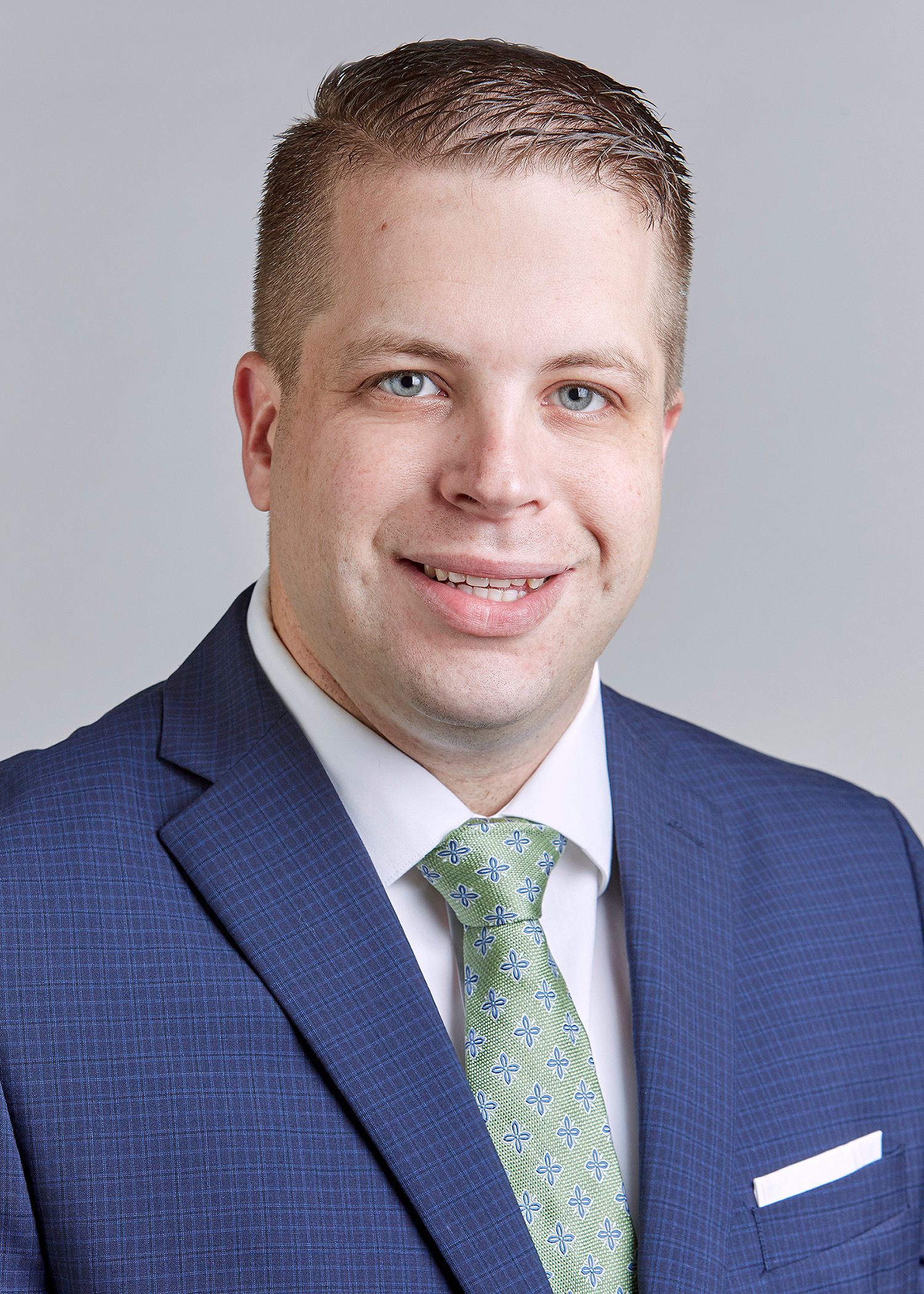- Politics
- Diversity, equity and inclusion
- Financial Decision Making
- Telehealth
- Patient Experience
- Leadership
- Point of Care Tools
- Product Solutions
- Management
- Technology
- Healthcare Transformation
- Data + Technology
- Safer Hospitals
- Business
- Providers in Practice
- Mergers and Acquisitions
- AI & Data Analytics
- Cybersecurity
- Interoperability & EHRs
- Medical Devices
- Pop Health Tech
- Precision Medicine
- Virtual Care
- Health equity
Community oncologists can influence the future of oncology with advocacy | Jonathan Coggins
The days when community oncologists could observe rather than be active and engaged in advocacy are gone.
Community oncology has experienced a tumultuous, transformative decade, as practices grappled with forces that changed the healthcare landscape.
Jonathan Coggins

COVID-19 drove practices to utilize new technologies to deliver care. Market consolidations, payer-PBM-provider alliances, and the 340B drug program made the environment even more competitive, while new value-based payment models required substantial changes in practice operations.
Unfortunately, most of these circumstances happened without holistic evaluation or collaboration and input from community oncology, leaving many oncologists to believe there is little they can do to stop the onslaught of change rapidly descending on them.
However, there are actions community oncologists can take to influence and better control these transformations that are negatively impacting their environment.
Be proactive rather than reactive
The days when community oncologists could observe rather than be active and engaged in advocacy are gone.
A recent report from the Community Oncology Alliance demonstrates the impact the changing landscape is having on community cancer care.
From 2008 through 2020, 1,748 community oncology practices changed status.More specifically, 435 closed, 722 were acquired by hospitals, and 203 merged with another community oncology practice or were acquired by a corporate entity.Additionally, 348 practices were struggling to stay open, while 40 were already sending patients elsewhere for chemotherapy.
Following are a few things community oncologists and practices can do to make their voice heard and to prevent becoming one of these statistics.
Advocate for the practice and community oncology
Take advantage of every opportunity to promote the practice and community oncology. Establishing strong relationships with local, state and federal representatives is a good starting place.
Site visits can play a vital role in helping them understand the benefits of community oncology, providing a close-up look at care delivery. These visits also give elected officials a chance to be champions for cancer care, something voters always appreciate.
Practices also need to actively voice their opinions on legislation impacting community care. Many bills favoring community oncology are currently making their way through state legislatures, and federal legislation is also in the works. Practices can track these bills by visiting legislink.com, a comprehensive website provided by The US Oncology Network Government Relations & Public Policy Department.
Make innovation a guiding principle of the practice
Value-based care is now a permanent part of the healthcare landscape, but unfortunately, many community oncology practices are still not prepared for this method of care delivery.
Practices in the Oncology Care Model (OCM), CMS’ program designed to provide high-quality, cost-effective coordinated care, are in a strong position to succeed with new value-based models. They have embraced innovation, looking for new ideas, methods and solutions to drive value-based care, while making significant operational adjustments and investments in technologies and resources.
Those not participating in the OCM could be at a disadvantage. These practices must now innovate broadly as soon as possible, transforming all aspects of their operation to meet the complex requirements of value-based care delivery. Transformative changes of this magnitude do not happen quickly or easily, but they must be done for the practice to remain viable.
Join alliances
Unfortunately, very few community oncologists are active in advocacy groups. To make their voices heard, they should find an organization that matches their beliefs.
Groups like the Community Oncology Alliance, the National Community Oncology Dispensing Association, and the Quality Cancer Care Alliance are all good choices, as they are very active in promoting community oncology. Oncologists need to realize there is strength in numbers, and their presence is urgently needed to help protect the future of community oncology.
Inaction is not an option
Practices must proactively think about the total experience of how they are advocating and become more active in promoting themselves, their patients, and community oncology. That way, they will not just survive, but thrive in the everchanging healthcare landscape.
Jonathan Coggins is vice president, provider strategy and operations for The U.S. Oncology Network and McKesson Provider Solutions
